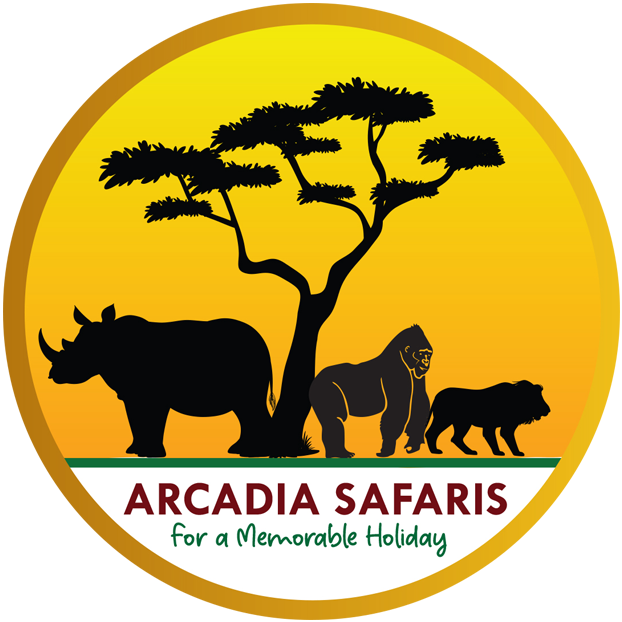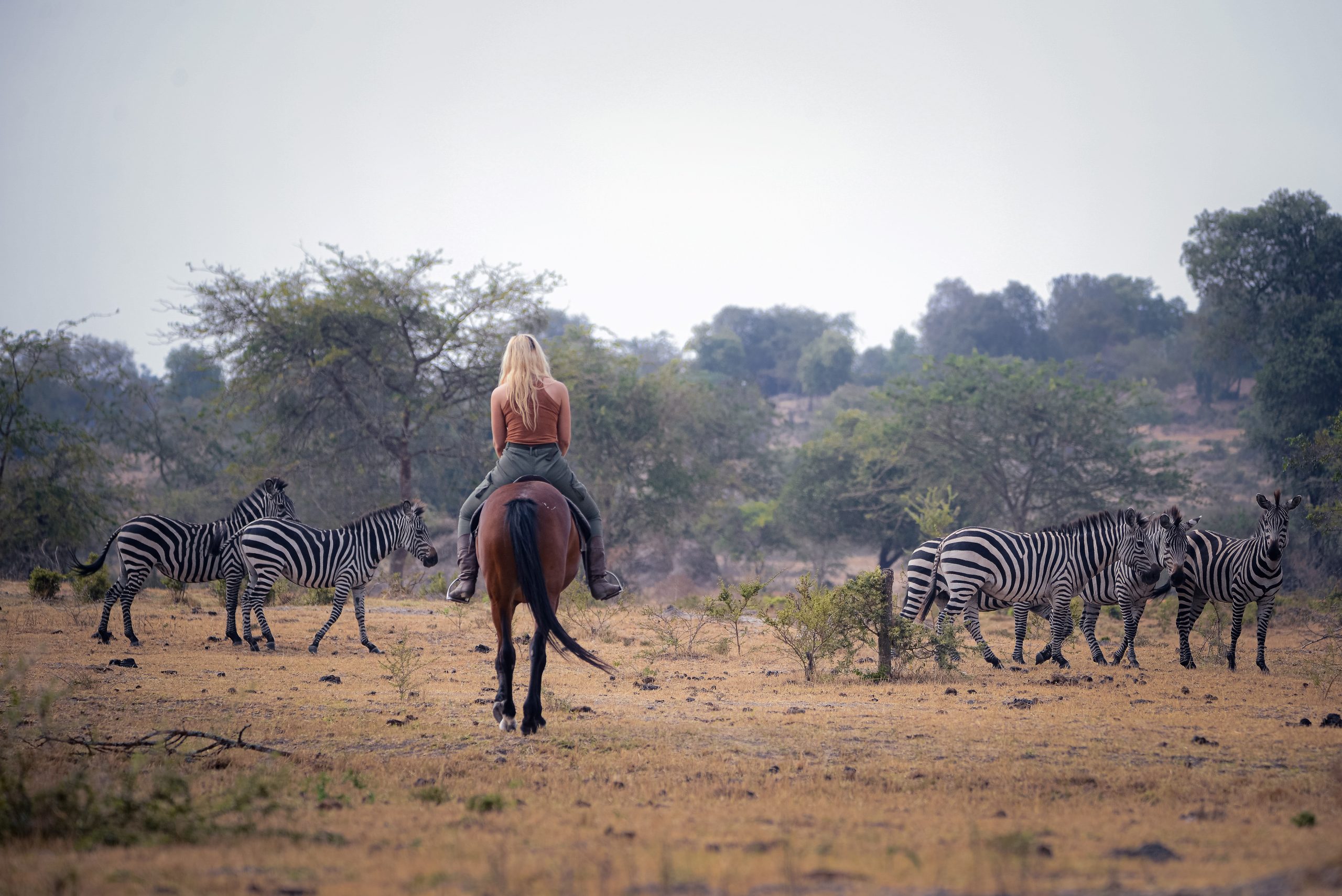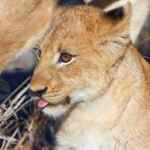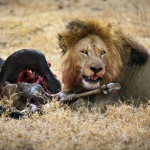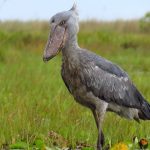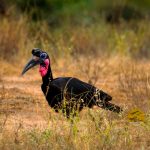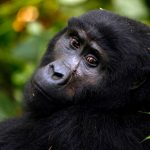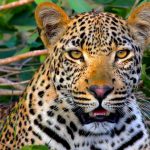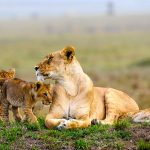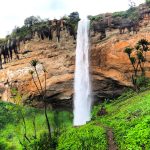Unveiling Lake Mburo National Park: The Biodiversity and Tranquility Gem of Uganda.
Located in western Uganda, Lake Mburo National Park represents a nice mix of scenic beauty and abundant wildlife, set amidst marvelous landscapes that give one a very different kind of safari experience; Often celebrated for its diverse ecosystems and easy accessibility, Lake Mburo is a compact but magnificent sanctuary, with rolling hills, vast wetlands, and an abundance of life to make it one of the most remarkable destinations in Uganda.
History of Lake Mburo National Park.
Lake Mburo National Park is located in Kiruhura District in Uganda, about 30 km, about 19 miles east of Mbarara and 240 km about 150 miles west of Kampala. The park has a diverse landscape of rolling hills and wetlands and measures 260 square kilometers (100 square miles). It was originally established in 1933 as a controlled hunting area and later upgraded in the year 1963 to a game reserve.
This has traditionally been the home of the Banyankole Bahima, nomadic pastoralists whose trademark Ankole cattle traditionally grazed across the landscape; In 1983, however, the government upgraded Lake Mburo to national park status, part of its interest in conservation by restricting human activities within the confines of the park. It was for this reason that the pastoralist communities were displaced, which further heightened tensions and local resistance.
These displaced residents returned in 1985 after the collapse of the Obote regime and responded in typical fashion by removing park staff, destroying infrastructure and decimating wildlife populations; In 1986, following assumption of power by the National Resistance Movement, part of the land was re-gazetted as a national park, although it is less than half its original size. As such, notwithstanding this turbulent history, Lake Mburo National Park emerges from this as one of the diverse sanctuaries for wildlife and an important site for conservation and tourism today.
Location and Accessibility.
This park is located about 240 kilometers west of Kampala, the noisy capital of Uganda. It can be accessed by automobile via a scenic route in about three to four hours of driving. One can easily get to this park due to a good network of roads passing via rural landscapes and towns, which gives a great insight into the Ugandan life; Most travelers going to this national park will have their usual stop at the Equator crossing at Kayabwe for photo shootings and buying souvenirs.
What Makes Lake Mburo Unique?
Despite its relatively small area of about 260 square kilometers, Lake Mburo National Park has a variety of ecosystems such as Savannah woodlands, rich wetlands, acacia forests, and rocky outcrops. It is the only park in Uganda that has an entire lake ecosystem within the confines of its borders. Lake Mburo and its neighboring lakes provide a lifeline for various animal species and bird life. This variety of habitats hosts a range of wildlife, making Lake Mburo a haven for nature lovers.
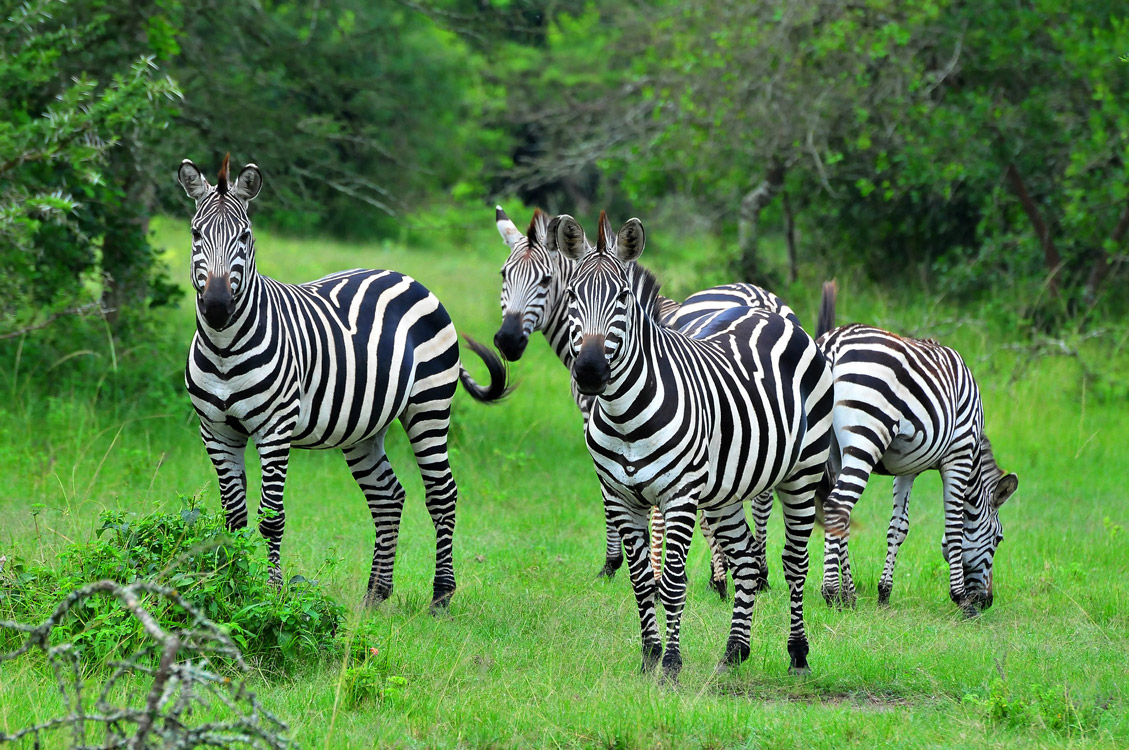
Wildlife and Birdwatching in Lake Mburo NP
Lake Mburo National Park houses a wide range of wildlife, including zebras, impalas, buffaloes, elands, and the elusive leopards. The park also happens to be one of those few places in Uganda where you will have the chance to see the Rothschild giraffe, which was introduced into the park to restore ecological balance.
To the birding enthusiasts, the park is a haven that boasts a record of over 315 recorded species of birds. Iconic birds include the majestic African fish eagle, the red-faced barbet, the papyrus yellow warbler, and the shoebill stork that is always elusive. Colorful kingfishers, cormorants, and herons are other species that have been attracted by the many water bodies in the park, turning bird watching along the shores of Lake Mburo into an exceptional experience.
Things to Do in Lake Mburo National Park.
Lake Mburo National Park offers a variety of activities that enable visitors to appreciate its rich biodiversity and undulating landscapes. An overview of some key activities in the park includes the following.
Game Drives.
Some of the highlights for one to enjoy on tour in Lake Mburo National Park include game drives. Visitors are able to do morning, afternoon, or even night drives for catching these animals at their different times of the day. Early morning drives are just at the opening of their day, and in the afternoon, it offers a time for their grazing, while at night there is a chance to see nocturnal species like leopards and bush babies with the aid of knowledgeable guides who have information about the ecosystem of the park.
Nature Walks.
The guided nature walks are a very personal way of encountering the flora and fauna of this enclosed park. The nature walks will enable visitors to connect with the environment in search of animal tracks, medicinal plants, and other ecosystems that form part of the park. This is a great avenue for some photography and bird watching with close-up encounters with nature.
Boat Safaris.
The boat safaris around Lake Mburo provide a very tranquil manner of viewing the aquatic life of the park. The guided tours enable the visitors to see hippos, crocodiles, and different bird species including the magnificent African fish eagle. For the nature lovers, this is pleasant with tranquil waters and lovely scenery.
Bird Watching.
Over 350 bird species have been recorded in Lake Mburo National Park, resident and migratory birds attracted by its various habitats. Rare birds include red-faced barbet and shoebill stork. Resident birds are best seen on either a walking or vehicle safari.
Horseback Riding Safaris.
Equally unique are the horseback riding safaris that avail an exciting trip of observation and learning about the environment. On horseback, visitors may get closer to several wild animals noiselessly while viewing the scenery from another angle. Guided rides across meadows give one a golden chance for the best views of wild animals like zebras and antelopes, thus giving a thrilling experience in nature.
Fishing.
Fishing on Lake Mburo is a sporty way of catching fish species, which include tilapia and catfish. Guided fishing expeditions include equipment and local expertise to help participants locate the best sites. Thus, it is ideal for both both both beginners and experienced anglers.
Cultural Visits.
It is further a good way of cultural immersion by visiting the local communities of the Banyankole people. The locals involve tourists in their traditional dance and storytelling amongst others that one can experience with the local artisans. Visits offer an insight into how the community lives its life and why conservation is of importance.
Visit the Salt Licks.
The park naturally has salt licks endowed and attracts several wildlife mainly in the dry season. Visits to these licks through guided visits afford a chance of sightings of animals like zebras, buffaloes, and antelopes that come to replenish their mineral resources hence affording great observation of these wild animals.
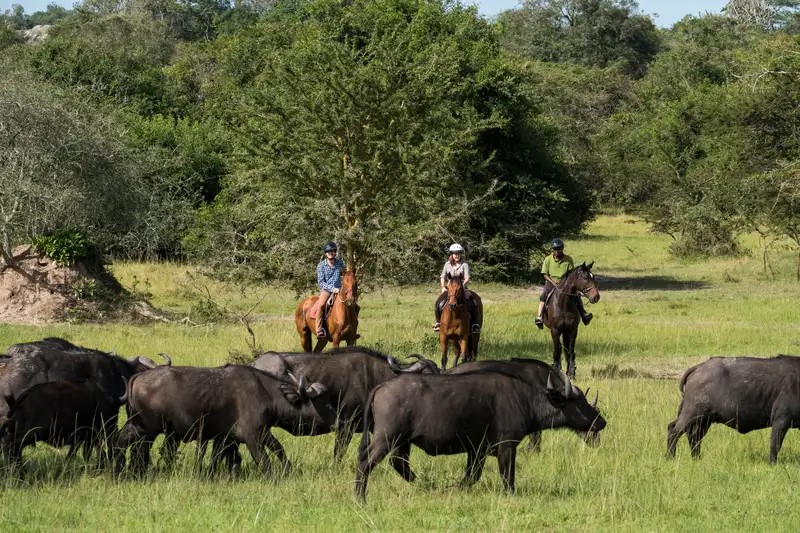
Where to Stay at Lake Mburo National Park.
Lake Mburo National Park has various accommodation facilities, from luxury lodges to budget campsites:
Mihingo Lodge: Beautifully located with luxury tents, Mihingo Lodge offers views over the park and Lake Mburo, and guests can enjoy horseback riding safaris here.
Rwakobo Rock: Situated atop a rock, this eco-friendly lodge offers arresting sunset glimpses and comfort interwoven with adventure.
Lake Mburo Safari Lodge: Ensconced near the entrance of the park, it guarantees a comfortable stay with modern amenities in a very warm atmosphere.
Budget Campsites: These are campsites in the park itself, for those budget-conscious travelers; a lot simpler and closer to the raw beauty of the park.
Lake Mburo National Park Fees and Rules.
Park Entrance Fees.
Lake Mburo National Park has a systematic visitor fee system: $40 for adult foreign non-resident; $30 for the adult foreign resident, $25 for visitors from the rest of Africa, and UGX 20,000 for adults who are residents of East Africa. For children, it is $20 for foreign non-residents, $10 for foreign residents, $5 for visitors from the rest of Africa and UGX 5,000 for East Africa residents. The Ugandan pupils and students pay an entrance fee of UGX 3,000.
Park Rules and Guidelines.
These are some of the main rules which are fundamental in ensuring safety and enjoyment in Lake Mburo National Park :
Respect Wildlife: Not disturbing or approaching the animals keeps a good distance for safety, from both your end and that of the animal world.
Follow Instructions by Rangers: Always follow the instructions provided by park rangers during the game drives or nature walks.
Follow Designated Trails: Embrace designated trails that will have minimal impact on the environment and help in protecting the ecosystems within the park.
Do Not Litter: Waste should be disposed of properly; the park must be kept clean for protection of the wildlife.
Avoid Loud Noises: Noise should be minimal to avoid startling animals and affecting their normal behavior.
Any visitor shall abide by the set rules that control parks: follow the guidance by rangers, never torture the wild animals, and never interfere with the natural setting in their area for the safety and enjoyment of all visitors.
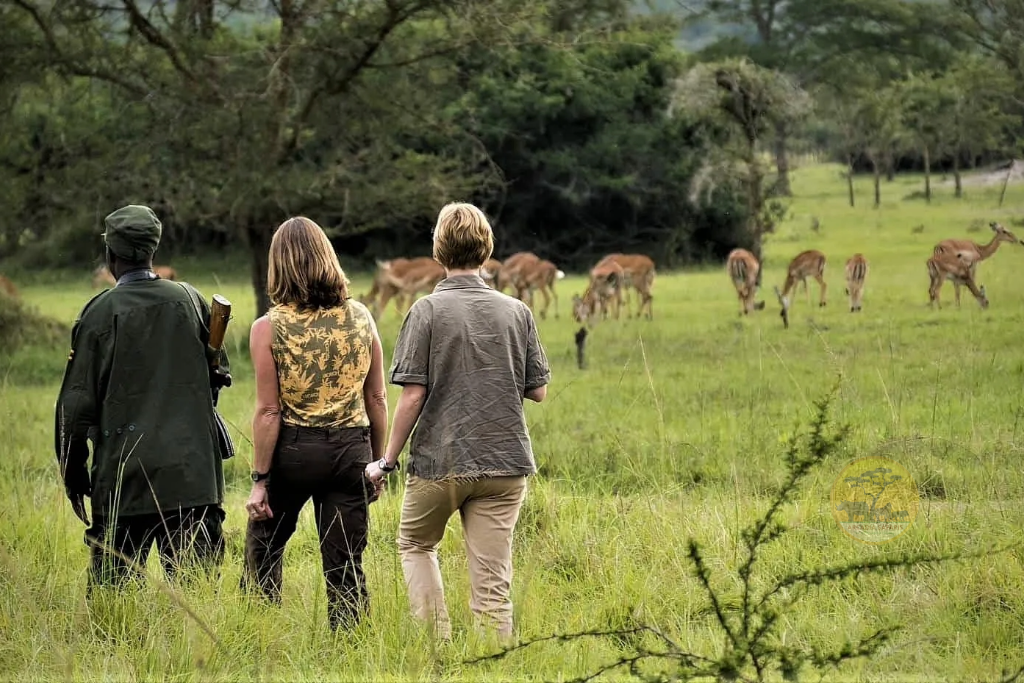
Conservation and Community Involvement
A history of rich pastoralism surrounds Lake Mburo National Park, with the most popular communities being that of the Banyankole people and their long-horned Ankole cattle. Community projects around the park concentrate on fostering sustainable tourism and conservation to expose visitors to the local cultures. The park invests entry fees and lodge activities in community development and conservation to keep its ecosystems and wildlife intact for future generations.
Lake Mburo National Park Visiting Tips.
Best Time to Visit: The park is open throughout the year, though the dry months of June to September and December to February are best for viewing wildlife, as animals congregate around the water points.
What to Bring: Binoculars, camera, insecticide, sunscreen, hat, comfortable clothes both for hot and cool conditions.
Rules to Observe in Parks: Observance of parks’ regulations is for the protection of Lake Mburo’s environment. We advise visitors to follow rangers’ instructions and not disturb the wildlife.
Why Should One Consider Visiting Lake Mburo NP?
Lake Mburo is ideal for those in pursuit of a noiseless, non-congested safari without compromise on scenery and wildlife variety. Unique activities, ease of access, and a range of accommodations to fit multiple budgets make it a must-see for any person touring Uganda; It’s small enough to see much of it in a couple of days, yet peaceful and visually arresting enough to make one want to linger on.
It’s one of the most intimate and memorable trips into natural beauties of Uganda, and there’s a ton one can do on location: from a sunset boat cruise on the lake to zebras seen from horseback and the serenity of the savannah landscape.
Remarks on Lake Mburo National Park.
Lake Mburo National Park is the true pearl in Uganda’s natural landscape, offering a fascinating combination of wildlife, different types of ecosystems, and wonderful scenery; Its small size makes it quite accessible for shorter trips, while its unique activities such as horseback riding and guided nature walks separate it from other National Parks. Great concern for park conservation coupled with the rich cultural significance of the local Banyankole people combines to make the stay of any visitor at the park more culturally and educationally interesting. From adventure to tranquility, Lake Mburo National Park has unforgettable encounters in nature and wildlife amidst beautiful scenery.
